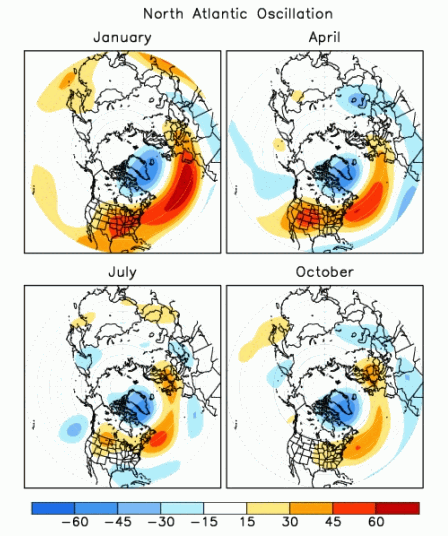Temperature Analysis for Hampton Roads and a little bit about the rain in Dubai
Decided to do a little temperature analysis for the Hampton Roads area so far this spring season. I really love these historical data sets the weather stations have available, as it shows the normal range temperature, the record highs and lows, and the observed temps. This is a great analysis tool to see where we are this season in terms of normal.
Temperatures are an
important element to look over, because the warmer it is, the more instability the
atmosphere holds. This isn’t a tell-tale
sign of how the summer will go, however it gives a pretty good idea that what
we’ve experienced so far this season is not normal. There were 51 days total in the observed period from March 1 to today, April 21. 32 of those days had highs above average, and one even broke the record, reaching 90 degrees April 15th. The remaining 19 days high temperatures were within average. The average temperature range varies as the interactive chart is used (link below), but it is 50 to 70 degrees for April 15th for example. The low temperature on that day was within the average range, but it was 63 degrees in the morning, which is quite warm before the sun even rises. The most interesting fact is there have been 0 days of high temperatures below normal, and the staggering number of days with highs above normal. Yes, it is getting warmer.
The weather in the Mid-Atlantic
region is difficult to forecast. The
systems move from west to east, and they have to cross over the Western-Virginia mountains on their way. Further east
(Hampton Roads), there are peninsulas.
(As if all the bridges we commute over didn’t tell us that!) The peninsulas make the storms and weather
systems have to travel over bodies of water, and the water temperature is different
than the land temperature, especially this time of year. Storms that may seem strong starting off in
the west may weaken as they move over the mountain range and meet the change in
temperature over the water.
All of this makes it
that much more interesting to continue to study all of the factors that play
into what the atmosphere decides to do.
We will continue to monitor as the season progresses and see if the
temperatures now are giving us a sign of what’s to come for the summer.
Changing the topic a
bit, a coworker asked about all the rain Dubai and the UAE was getting and if
there was anything on why that may have occurred. This is a desert region, so it definitely is
not normal for the area to get a year’s worth of rain in two days. Unfortunately, this caused flooding and
destruction where it isn’t built for that much rain. Since Dubai is a built-up city, it is at risk for urban flooding.
I also found it interesting
(and learned) that the country has been cloud seeding (modifying the weather)
for years. The first few articles I
pulled up stated experts said the heavy amounts of rain were not a result of
the cloud seeding. The process is
this: When a convective cloud is already
in the area, a small amount of water producing products are “injected” into the
cloud. This is an immediate result in
larger amounts of rain that the area needs, but not a torrential downpour
leading to flooding. From what I learned
so far, moisture in the atmosphere has to go somewhere. Whether it is being placed into the cloud or
not, the water molecules are so small I wouldn’t doubt it does have long term
affects overall on the amount of moisture in the atmosphere. Perhaps the cloud seeding has resulted in the
area having the ability to produce more moisture in the clouds, and not just
when the cloud seeding is occurring. The
teleconnections for the area could also influence the weather, but I am not as
familiar with how the sea surface temperatures and other climate processes
interact there, so I will be doing a bit more research for that.
Thanks for reading, more to come! Here are some links from the research:
Safety
Concerns and Consequences of Cloud Seeding Implications—A Systematic Review |
SpringerLink




